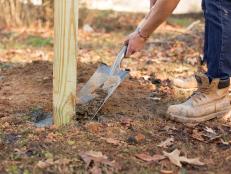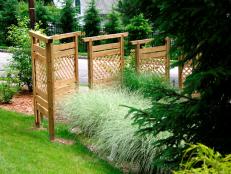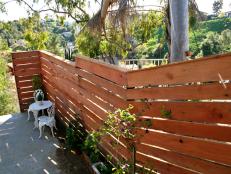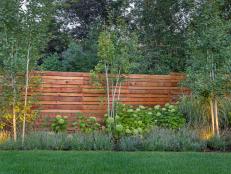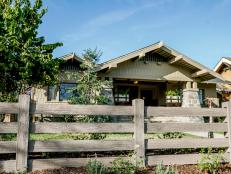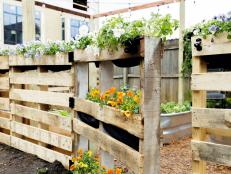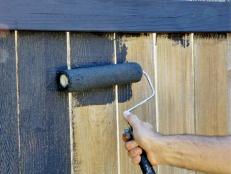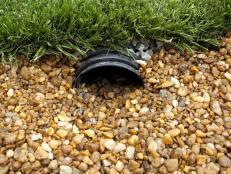How Deep Should I Dig Fence Posts?
Knowing how deep your fence post needs to be is determined by the desired height of your fence. Here’s our breakdown of how to make sure you build a strong fence.
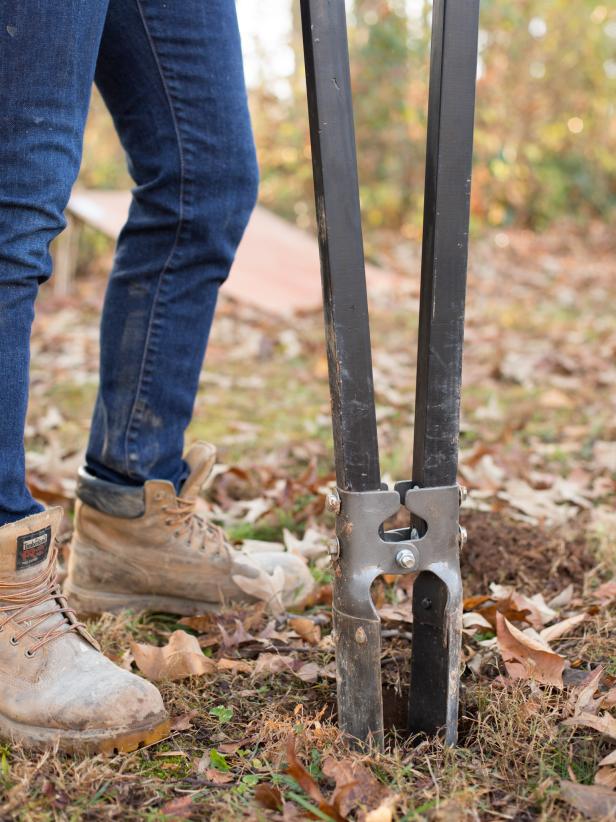

As with any outdoor construction project, your local codes may vary, so it’s always a good idea to check with your local building inspector’s office before you start digging fence posts. Always make sure you’re adhering to local codes and have obtained any necessary permits before starting any construction project. Also, before you start to dig, be sure to call your local utilities to come mark any underground wires or pipes.
The general rule of thumb when setting a post is that the depth of the post’s hole needs to be one-third to one-half of the actual above-ground height of the post. So, a six-foot-high finished post ideally needs to be buried three feet into the ground. You may be able to get away with two feet depending on the weight of your fence, soil conditions and local climate.
Additionally, the diameter of your post hole should be three times the diameter of your post. So, if you’re planning on using a four-inch round or 4x4-inch square post, your post hole will need to be 12 inches in diameter. For our six-foot-high fence post, we would need a hole that’s 36 inches deep and 12 inches in diameter.
The depth of your post hole plays a key role in the strength of your posts. It’s a lot harder to push over a post that’s buried deeply, so always keep that in mind. If you’re setting a post into soft ground, or in an area that receives high winds, it’s always a good idea to bury your posts a little deeper and add more concrete. If you need to dig a large number of holes to install your fence posts, a post hole auger is a rental tool worthy of consideration. In many areas, digging three feet into the ground is no small task for one hole, so an auger can save a tremendous amount of work.
Fast-setting concrete is ideal for installing fence posts since it can be mixed directly in the hole. Once you’ve finished your post holes, add about three to four inches of gravel into the bottom and compact it using your post or a 2x4. Then, set your post in place and use a level to ensure that it’s perfectly vertical. Stake your post in place with two braces and pour your dry concrete directly into the hole, surrounding the entire post, up to about three inches below the lip. Slowly fill the hole with about a gallon of water, enough so that you’ve saturated all of the concrete.
Fast-setting concrete is generally hardened off in about 20 to 60 minutes, depending on the outside temperature, and is usually cured enough to begin work in about four to six hours. Remember that although you can pour concrete in a wide range of conditions, the safe window for the average homeowner is when the air temperature is between 50 and 90 degrees Fahrenheit. While it’s technically possible to pour in conditions outside of those ranges, it requires a fair amount of experience. Your concrete will cure evenly when temperatures are mild and the water is at a tepid temperature.






